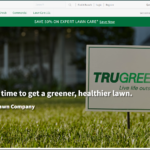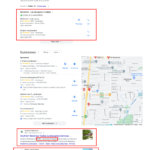Learn how to create an affiliate program for your landscaping business. Get expert insights and tips and help create an affiliate program that supports your landscaping sales growth.
Implementing various ideas and techniques to grow your brand’s awareness and reach is one of the primary requirements of any business. There are many ways to promote your brand, drive sales, and expand your business in the market.
Check out the complete series:
- Lawn Care Affiliate Programs for Partners
- Landscaping Software Affiliate Programs
- Top Product-based Lawn Care Affiliate Programs
Affiliate marketing is one of the potent concepts utilized for this need. Explore further to learn the key aspects of this powerful method and implement it to expand your landscaping business.
What is affiliate marketing?
‘Affiliate’ refers to individuals or entities promoting a company’s products or services. Affiliates could be individuals, website owners, bloggers, influencers, or customers.
Other businesses and organizations could also act as affiliates. An affiliate earns a commission for every sale or drives the customers towards the company via their unique affiliate links.
A lawn care affiliate program is a program under which an online merchant pays an individual or other businesses a commission whenever they send customers to their platform or successfully make the customers’ purchases from the site.
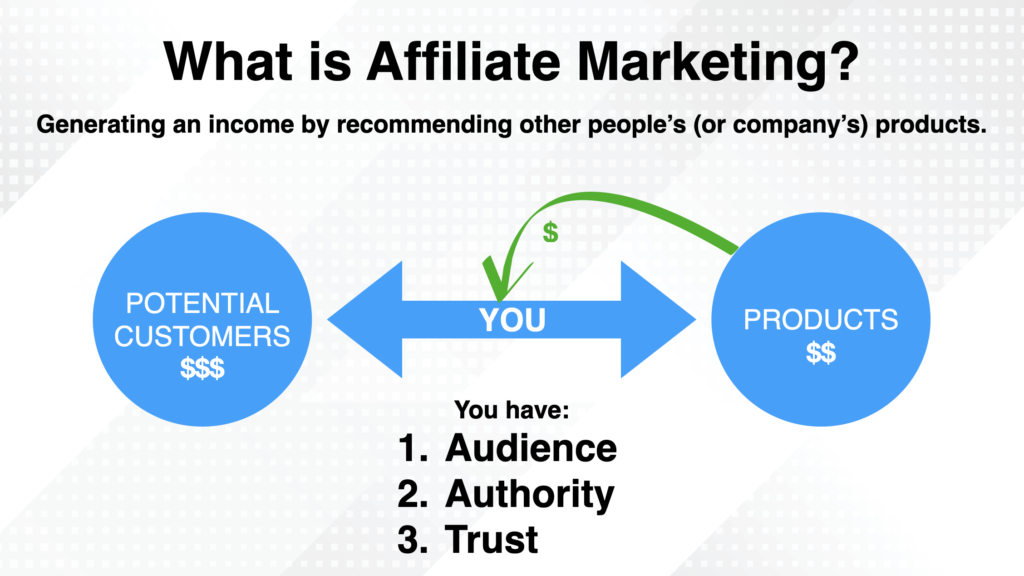
Affiliate marketing boosts the organization’s sales and reach due to the efforts of its affiliates, who engage an audience in buying from the company.
How does affiliate marketing work?
Affiliates use their unique affiliate links to invite customers to a particular company product or service. Whenever someone purchases using this link, the affiliate earns a commission.
Commissions are paid to the affiliates based on predefined terms and conditions of the company or as per the affiliate’s and the organization’s mutual agreement.
Affiliates can use various platforms like blogs, social media, and emails according to the company’s needs.
Promoting products through affiliate marketing could take various forms, such as providing valuable content in the form of a blog, article, or review with the affiliate link to the product attached, offering coupons and attractive deals, or sending promotional emails.
Why create an affiliate program for your landscaping business?
Creating an affiliate program for your landscaping business might have more benefits than you have noticed. An affiliate program allows you to tap into the audience base associated with the affiliates and generate possible leads.
Hiring affiliates relevant to your niche allows you to reach the targeted customers relatively easily. Landscaping niche-specific affiliates help attract an interested audience base in this sector.
An affiliate program benefits business-to-business (B2B) services for landscape companies and business-to-customer (B2C) for the end consumers.
In B2B, affiliates, mainly other businesses related to landscaping, like suppliers and equipment providers or software providers, can be key to attracting relevant traffic to your services. They help increase the industrial reach, and your business may have a higher chance of being noticed by the professionals.
These affiliates may promote your brand at industrial events through various campaigns or by using their network, thus attracting potential B2B clients.
Affiliate specialists in B2B services are experts in tailoring their marketing strategies to align with your business needs. A strategic partnership with the right affiliate is essential to foster a wide range of networks.
With their content, B2C affiliate partners can be influencers and bloggers who educate consumers about various landscaping services and service providers and the latest landscaping trends, thus raising awareness and interest in your lawn care or landscaping products.

They can promote seasonal offers or exclusive discounts on your Landscaping products or services.
They can establish a close connection with homeowners or residents needing landscaping services.
As a result, there is a sense of community involvement, and word-of-mouth advertising (done using affiliates) is quite effective in acquiring new B2C customers.
Perks of an affiliate program
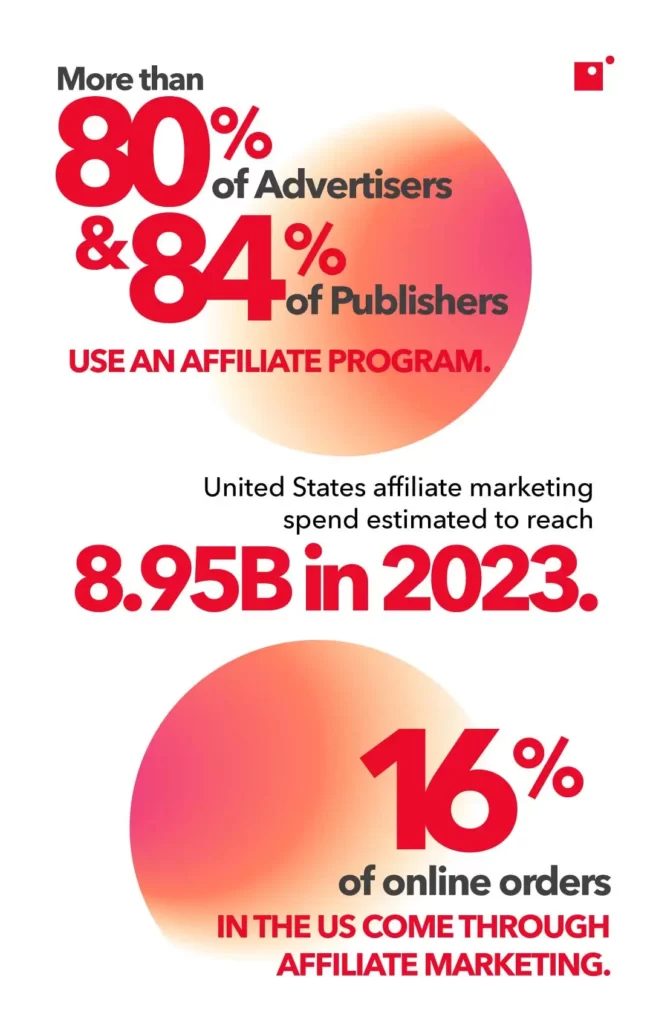
-> Cost-effective Customer Acquisition
Affiliate marketing reduces the overall cost per acquisition of a customer.
Compared to PPC (pay-per-click) advertising, affiliate marketing is much cheaper. In PPC, you must pay every time someone clicks on your advertisement links, regardless of whether they buy anything.
In affiliate marketing, you need to pay the commission only upon successful conversions, ensuring a better return on your investment.
-> Better marketing
Social media campaigns and paid advertising require a sustainable budget, and organic growth is slow.
Affiliate marketing optimizes your marketing expense by shifting the risks to affiliates.
You need to pay a percentage of the revenue generated or a fixed commission that aligns with your expenses.
-> Targeting Top-of-the-Funnel Customers
Affiliate marketing targets top-of-the-funnel customers who are potential buyers in their initial buyer’s journey.
Through their marketing initiatives, affiliates raise awareness of and draw potential clients to your landscaping services.
Your work educating customers, following up with them, and maintaining the whole sales cycle becomes easier and shorter.
When done right, affiliates promote and sell your products and services.
It is worth noting that although affiliates positively impact your sales cycle, promoting your affiliate program requires some investment. You still need to develop relationships with good affiliates, but the return on these is much higher.
-> Product awareness and sales diversification
Affiliates act as brand ambassadors, promoting your products across social media platforms. Their influence and reach help spread the word about your products to a larger audience and raise product awareness.
A Landscaping affiliate program diversifies sales. It allows you to tap into markets and audiences that are challenging to reach through traditional marketing methods. Affiliates bring in their unique audience, expanding your market reach.
Is creating a Landscaping affiliate program right for you?
Do you consider starting an affiliate program for landscaping? Although it’s a wise step, is it suitable for your company?
Let’s review the elements that can help you determine whether this affiliate marketing strategy aligns with your business’s objectives.
1. Margins and Commission Impact
Profit margins are crucial and need to be taken into consideration. Due to the fees you’ll pay for purchases, adding an affiliate program could further reduce your profits if your margins are already thin.
Examine whether your profit margins are broad enough to accommodate affiliate commissions without endangering your capacity to maintain a stable financial position.
2. Examine the Business Environment
Find out if your competitors or firms in your field have launched affiliate programs.
By going through their experiences, you can gain the necessary knowledge about whether affiliate programs are standard in your industry and whether they can give you a competitive advantage.
You can do a reverse search on your competitors to find what affiliate programs they have published.
3. Customer Lifetime Value
Understanding a customer’s lifetime value is crucial. If your business model involves subscription services, where customers need to renew periodically, investing in an affiliate program could be beneficial.
Thus, even if you first must pay an affiliate commission, the long-term value generated from loyal, retained customers outweighs the initial costs. It’s a win-win situation in the long run.
For example, suppose your business offers subscription services worth $50 monthly, and you have to pay $100 as an affiliate commission. In that case, the revenue generated will far surpass the initial affiliate payouts upfront if the customer sticks with your services for a long time.
4. Customer Retention
Strong customer retention is an excellent element for initiating an affiliate program. If your business excels in retaining customers and establishing long-lasting relations, using affiliate marketing can significantly benefit your brand.
Retained customers are the sources of retained revenue. Thus, the initial affiliate commissions stand insignificant if compared.
5. Performance Marketing Advantage
Performance-based compensation is the norm in affiliate marketing. The risk is comparatively low since you only pay commissions for sales or requested actions.
The initial time, effort, and resource investment required to set up and run the program must be considered even when minimal risk exists.
How to create an affiliate program for your landscaping business
A successful approach for increasing revenue and brand exposure is affiliate marketing.
Follow the guide below to break down the process and clearly understand how to start your affiliate program.
Follow these steps to get your hands on the lucrative benefits this sector might offer your company.
Step 1: Choose Your Goal
It’s essential to set your goal at the very beginning. Generally, the main objective of setting up an affiliate program is to boost sales and increase brand awareness. The ultimate target of any company in affiliate marketing is to make money.
- Setup SMART Goals
It is essential to ensure that your goals are Specific, Measurable, Achievable, Relevant, and Time-bound (SMART). For instance, a SMART goal for your landscaping affiliate program could be achieving a 20% increase in equipment sales within the quarter.
Step 2: Deciding Which Goods or Services to Promote
You should choose items with high purchase values, like lawnmowers or large machinery, or items with high customer retention rates, like lawn maintenance packages.
This way, you can ensure a decent commission to the affiliates and make more significant profits. It’s generally wise to select products and services with more significant profit margins that are easily accessible to the market.
When choosing your products, remember the affiliate partner you are working with and whether your products’ goals are well understood and promoted by the affiliates.
Make sure the products suit the needs and preferences of the intended market. Your affiliates should be able to sell big-ticket items like lawnmowers and heavy machinery.

Understanding each of your affiliates’ potential to map your products and services to their selling capabilities is essential.
A blogger focusing on software can list the best software for a landscaping business and add in your link for either pay-per-lead or pay-per-conversion.
If your company offers senior-friendly lawn maintenance packages, a person highly involved in the local community can encourage seniors to buy them.
Sometimes, affiliates know their superpower; sometimes, they don’t. Developing a good relationship with them helps you sell your products and build goodwill that will yield returns in the future.
Step 3: Determining commissions
It’s crucial to determine the commission to be offered to the affiliates. Decent incentives that attract affiliates are essential.
The commission structure should encourage affiliates to aggressively promote your products by being mutually advantageous.
You can always take a reference from your competitor with an active affiliate program. Another way to think about commissions is to understand how easily the product can be sold and how much margin you are ready to decrease.
Step 4: Locating Partners
Focus on choosing affiliates who have the best link or connection to landscaping apps, services, and items when it comes to landscaping. Look for websites, social media influencers, and bloggers already working there.

✅ Know the types of affiliate partners!
Today, affiliate marketing is an enormous powerhouse, and its many affiliates contribute greatly to the success of the businesses.
Any individual, from industry-specific platform owners to single customers, could become an affiliate generating sales for the brand.
Being able to distinguish between different affiliate partners and leverage their best abilities can dramatically increase an affiliate program’s performance.
1. Industry-Specific Comparison Sites
The other common type of affiliate is the comparison site; it has been particularly successful in attracting software companies and B2B businesses.
These affiliates provide comparative analyses on an entire product or service category.
For instance, in the software industry, affiliates can share their opinions on the differences among various software products regarding features, costs, and user reviews, thus advising potential customers to choose wisely.

Working with these comparison sites can enhance your visibility and reputation in your field.
2. Review Sites
B2B tech software companies greatly benefit from affiliate partnerships with review sites. They are critical deciders for most potential consumers.
This category of affiliates usually comprises in-depth review websites. Most reviews are firsthand accounts with pros, cons, and recommendations.

Customers seeking authentic reviews perceive these reviews as strong channels for sales in the B2B tech sector.
3. Social Media Influencers
During the era of social media, influencers rule in affiliate marketing, especially for service-oriented companies.
You can leverage engaging content influencers’ posts with huge followings to market your brand well.

Influencers can smoothly weave your product/service into every niche, such as lifestyle, beauty, fitness, and so on, reaching numerous audiences that ultimately drive conversions.
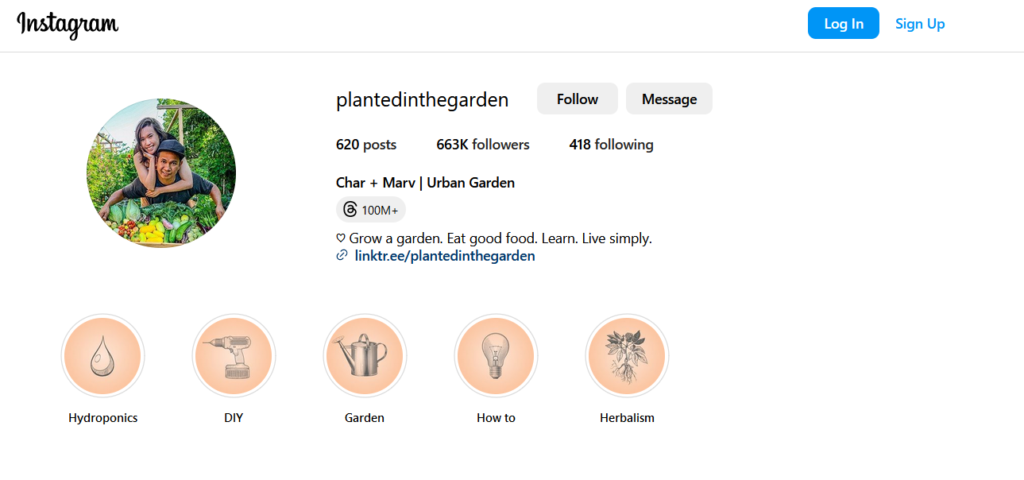
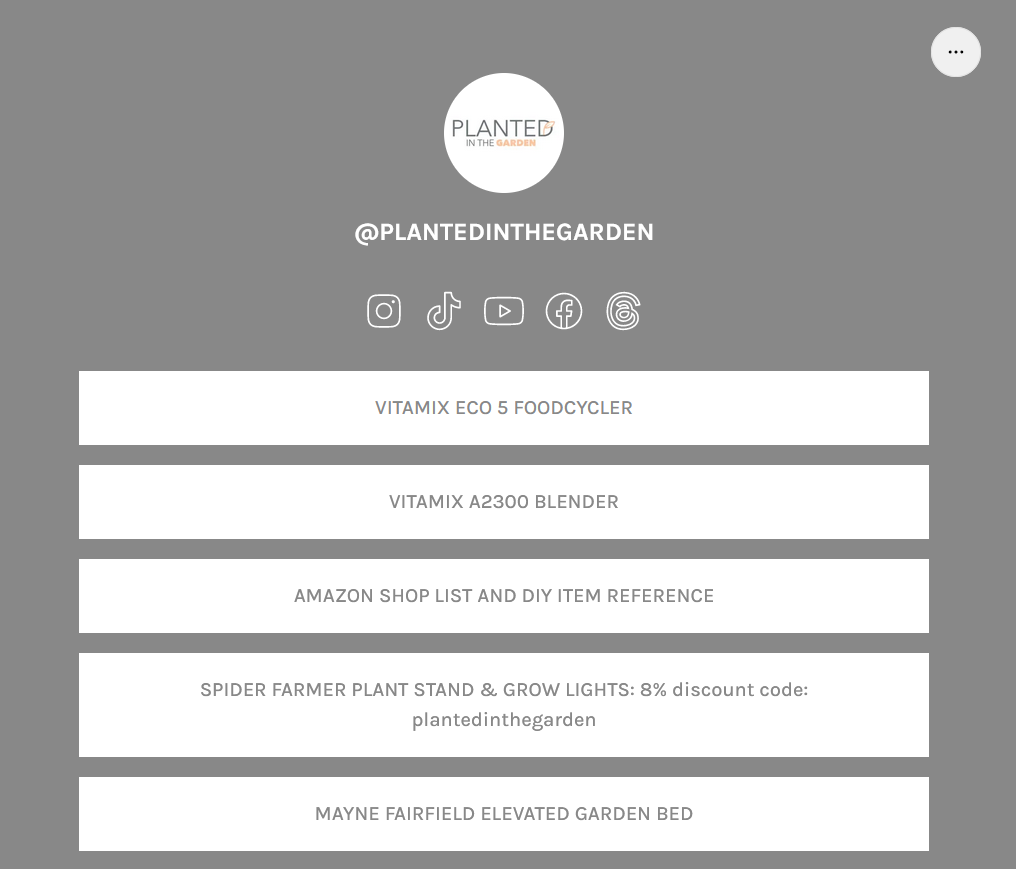
4. Customer Affiliates
You could also turn those happy customers into affiliates for better results. This is an excellent way of building a brand image without going through advertising agencies.
These include creating customer-generated content, sharing experiences through social media, and referring friends or relatives.

Reward their loyalty by offering incentive programs, such as referral bonuses, coupons, and other promotions, to urge them to spread the word about your products.
They also earn a commission, so there is another motivation for them to give you a shout-out!
5. Content Creators and Bloggers
On the other hand, bloggers and content creators are multifaceted affiliates that can work in multiple markets.
You will write articles, blog entries, or videos about your product or service with them.
Presenting informative material enlightens the audience about the advantages and other features that entice more visits to the platform.

Working with content creators goes hand in hand with SEO strategies and content marketing.
6. Coupon and Deal Sites
Coupon and deal sites are great affiliate partners for businesses offering discounts and promotions. Such websites offer a wide range of discount packages under several distinct brands.
Visiting such websites allows customers to look for discounted packages; many will appear when their offer is seen.

7. Email Marketers
Email marketers could prove a powerful strategy in the form of affiliate partnerships. They market goods and/or services using subscribers’ email lists.
Email marketing is an impressive approach to converting and fostering people since it facilitates targeted and personalized communication to drive conversion and nurturing leads.
Step 5: Developing Brand Assets
Design a landing page on your website exclusively for potential affiliates. Create brand assets that will empower your affiliates.
Your affiliate program’s information and details should be available on this page.

- Provide eye-catching graphics, a persuasive sales message, and marketing tools to help your affiliates promote your items successfully.
- Produce materials like email templates, infographics, and content that affiliates can use to approach partners and promote your affiliate program.
- Understand that content creation is a process. Continuously generate content designed according to types of affiliates, such as bloggers and social media influencers, to support their initiatives effectively.
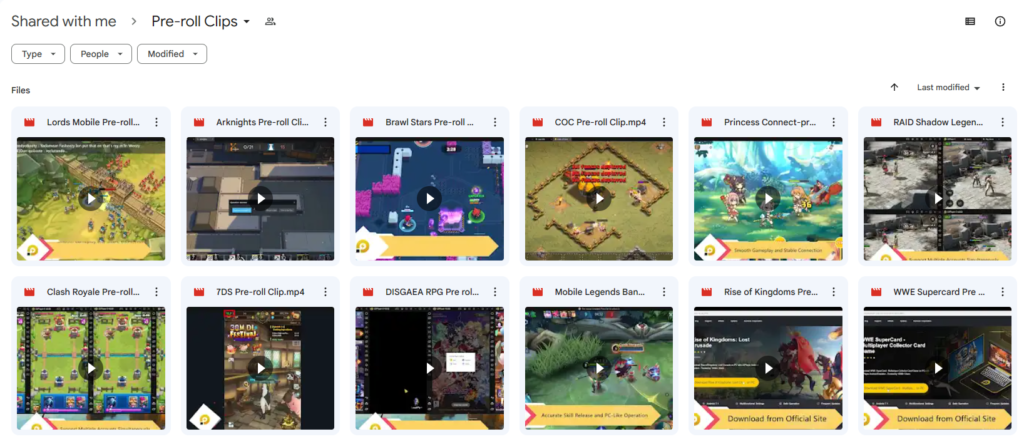
Step 6: Promote your affiliate program for recruiting affiliates
The more affiliates your program has, the more visibility and sales are possible.
i. Make a specific landing page
Make Your Website Affiliate Page. Capture the affiliate’s attention instantly by introducing the program, which covers commission rates, cookies, program benefits, and an easy signup button.
ii. Put your money into paid marketing
To reach more audiences, you should consider putting up ads in Pay-Per-Click advertisements on sites such as Google AdWords and BING. Carefully planned promotional messages can attract would-be affiliates to your program; such ads have great power.
iii. Utilize influencer marketing
Partner with an influencer/YouTuber in the Landscaping/lawn care niche. In return, this increases the visibility of your affiliate program and invites other affiliates.
iv. Use email marketing
Engage in targeted email marketing to reach out to your existing customers. Update them regularly with information about how they can join your affiliate program.
v. Hold contests and quizzes
Engage the audience through quizzes on landscaping or lawn maintenance. People in this niche are those thinking about it, and with an affiliate program, they can join it by winning a membership.
vi. Offer email template options
Generate an instant-use email template for your affiliates to quickly approach the target customers and promote your organization’s goods. The company will be able to promote its services appropriately.
vii. Take part in related events
Participate in pertinent affiliate marketing events to build sincere relationships with prospective affiliates. These occasions offer an excellent venue for promoting your program and drawing affiliates.
viii. Engage with Affiliate Communities
Be an active member of affiliate communities like AffiliateFix or AWIN. Engaging with these communities helps build relationships with potential affiliates and grabs the attention of affiliates for your program.
ix. Contribute on Platforms like Quora
Share your expertise by answering landscaping or lawn care questions on platforms like Quora. Establish yourself as an authority and, along with it, promote your affiliate program. This Q&A platform harbors a quality audience and is a great site to engage with your desired audience base.
x. Leverage Website Blogs
Promote your affiliate program through blog posts on your website. Share success stories, benefits of joining, and tips for potential affiliates.
xi. Explore Industry-Related Websites
Identify and reach out to websites within your industry. Propose collaboration to promote your affiliate program, ensuring it aligns with their audience.
xii. Offer Incentives
Encourage participation by giving a gift or bonus to affiliates after their first successful sale through the program.
xiii. List on Affiliate Networks
List your program on popular affiliate networks like Clickbank.com or JVZ00.com to reach a broader audience within the affiliate marketing community.
Step 7: Managing Your Recruits and the Affiliate Program
The’ real magic’ occurs in managing the recruits and the program.
For optimizing performance, a suitable management strategy is in place that enables us to monitor progress and achieve the success of the program.
Below are some tips on managing your affiliate program to realize your objective(s).

➡ Choosing the Right Management Approach
i. Manual Management
Track recruits, sales, commissions, and more using spreadsheets or essential tools to manage your affiliate program manually.
This approach may work for a small-scale pilot program. However, when the program expanded, it became hectic and inefficient.
ii. Affiliate Management Apps
Management of this process using an affiliate management app will provide a smooth experience.
These applications automate affiliate tracking, reporting, and payment processes. The advantage of this is that it saves on costs and manages more data compared to manually done methods. Some examples are Tapfiliate, Post Affiliate Pro, and Refersion.
iii. Affiliate Networks
Using an independent affiliate network entails utilizing an existing platform that links advertisers to prospective partners.
Affiliate networks are expensive compared with self-service management apps but have a broad reach, streamlining recruitment. Some famous affiliate networks include ShareASale, CJ Affiliate, and Rakuten Marketing.
➡ Track your affiliate using standard parameters
When managing your affiliate program, it’s crucial to track the following key parameters:
- Affiliate Details: such as names, email addresses, and websites.
- Number of Sales: Conversions per each affiliate’s success.
- Commissions: These are payments to affiliates according to their performance.
- Paid and Unpaid Status: Checking whether the commission has been paid or is pending.
- Clicks: Number of clicks achieved via affiliates.
- Conversion Rate: How many were successfully converted out of those clicks?
Step 8: Tracking Your Program and Continuous Improvement
Identify Key Performance Indicators (KPIs)
Specify your KPI according to your Program Goals. Examples include ROI, customer acquisition cost, average order value, etc. Use KPIs to track your progress and make decisions.
Based on Data – Analysis & Adjustment
Regularly analyze the data you gather from your tracking parameters and KPIs. Find the patterns you have done well with and what can be improved.
Use this information to update your objectives, proposals, terms of service, and affiliating business associates.
Tips for Your Landscaping Affiliate Program
a) Make it Easy for affiliates to Join Your Program
Simplifying the onboarding process is the foundation of any successful affiliate program. The registration process for potential affiliates should be fast, effective, and easy to use.
Simple, easy-to-use sign-up forms and simple applications could be the saving grace. Simplify the basics and have an efficient approval process, respecting your affiliate’s time and eagerness.
b) Make it Easy for Them to Sell Your Products
After getting these associates into play, you ought to give them the appropriate tools and facilities to help market your landscape items well.
Develop quality marketing materials, attractive graphics, compelling text, and well-described products. Ensure there are no logistical problems for them as they sell. Please provide all the necessary promotional assets at their fingertips.
c) Build a Community
Affiliate programs based on relationships and community are bound to succeed. Nurture a culture of sharing amongst affiliates so that they can share their experiences and examples of excellence. Let them talk, interact, and Collaborate.
The stronger the feeling of a community, the more involved and inspired your affiliates are.
d) Set, Activate, Revise
Affiliate optimization is a continuous process. First, establish targets and commissions. Please turn on the Program and monitor it continuously.
Get feedback from your affiliates about their challenges and suggestions for improved performance. Use the feedback to refine commissions, promotions, and all issues influencing the program’s effectiveness.
Frequently Asked Questions (FAQs)
How do I create an affiliate link for my business?
Create an affiliate program in an app like the C J affiliate app to create affiliate links and use tracking tools to create individual URLs.
I have a WordPress/Shopify website. Can I use affiliate apps myself?
Yes, by using plugins.
Difference between affiliates vs referrals
There are no financial gains in referrals, whereas, in affiliate marketing, you get a commission on any promoted product or service.
Difference between affiliates vs resellers
Affiliates’ income is based on the number of successful sales they make by referring a company’s product to customers. At the same time, resellers buy a particular product or service and then resell it to make a profit.
Difference between affiliates vs franchises
The affiliates generate sales commissions by advertising goods or services; a franchise is where a franchisee operates under the franchisor’s brand and business model with some shares of profits involved.


